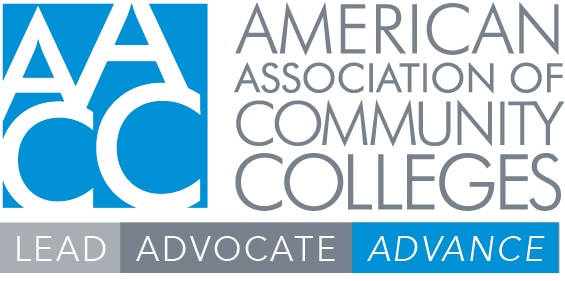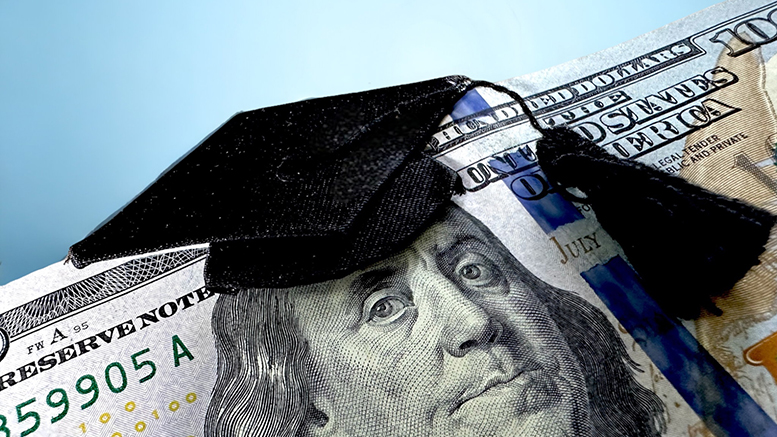The Supreme Court has struck down the Biden administration’s plan to forgive up to $20,000 of federal student loan debt for each borrower. The plan was a centerpiece of the Biden administration’s higher education agenda and was projected to wipe out entire loan balances for nearly half of the nation’s approximately 43 million student loan borrowers. This would have included millions, probably most, of community college students who took out loans before July 1, 2022. Currently, about 15% of all community college credit students take out loans.

While a major (though not entirely unexpected) blow to its agenda, the administration continues to pursue its plans to implement a new income-dependent repayment plan that is far more generous to student loan borrowers than current repayment plans. Of particular interest to community college students, who tend to have lower loan balances, the new plan would forgive balances of $12,000 or less after 10 years, rather than 20. The new plan, if implemented, will also benefit community college students moving forward, as opposed to a single dose of loan forgiveness.
Default concerns
The Court’s decision will have implications for institutions as well as borrowers. If most community college students had had their debts eliminated, renewed concern over cohort default rates (CDRs) would largely have been averted. As federal loan repayment restarts in October, the specter of high default rates, with its link to losing Title IV eligibility, reemerges. The American Association of Community Colleges (AACC) will closely monitor the repayment process with this in mind, as well as ensure that former students can manage their student debts.
The two cases
The Court heard two cases challenging the forgiveness plan and issued a decision in each case. The opinion that struck the plan down came in a case brought by six states against the Education Department (ED), Biden v. Nebraska. The case was decided by a 6-3 majority, with the Court’s conservative justices on one side and the liberal justices on the other.
In advance of today’s decision, most commentators predicted that the loan forgiveness plan’s best chance of being upheld was for the Court to find that the plaintiffs in each of the two cases lacked standing to bring a lawsuit against it. In one of the cases, Department of Education v. Brown, the Court did just that by finding that the two borrowers who sued in that case could not establish an injury that was traceable to the plan.
In Biden v. Nebraska, the court found that one of the six plaintiff states – Missouri – had standing to sue because the forgiveness plan would harm the state’s loan servicer, the Missouri Higher Education Loan Authority (MOHELA), which would have lost approximately $44 million in fees had the plan been implemented.
The Court found that MOHELA is an instrumentality of the state for purposes of Article III standing. ED had argued, and many commentators agreed, that MOHELA was independent enough from the state that it should not be considered a state instrumentality for the purposes of Article III standing. In particular, the department argued that since the law establishing it gave MOHELA the power to sue and be sued itself, that MOHELA had standing to sue and not the state of Missouri. But MOHELA declined to sue the administration over the forgiveness plan. The Court rejected that argument. Ironically then, an agency dedicated to providing financial support for students was used to challenge a law that would have provided substantial financial relief to tens of millions of borrowers.
With Missouri’s standing established, the Court considered the substance of the case and found that ED had overstepped its statutory authority in establishing the loan forgiveness plan. ED had cited authority under the HEROES Act, a law originally intended to allow ED to waive or modify student loan provisions for students serving in the military, as the basis for its action. The Court found that the loan forgiveness plan was too fundamental a change to be considered a “waiver” or “modification,” as outlined in HEROES. Applying the recently developed “major questions doctrine,” the Court also found that Congress must have more clearly evidenced an intent to allow for such a dramatic action, even in the unforeseen context of a pandemic.





